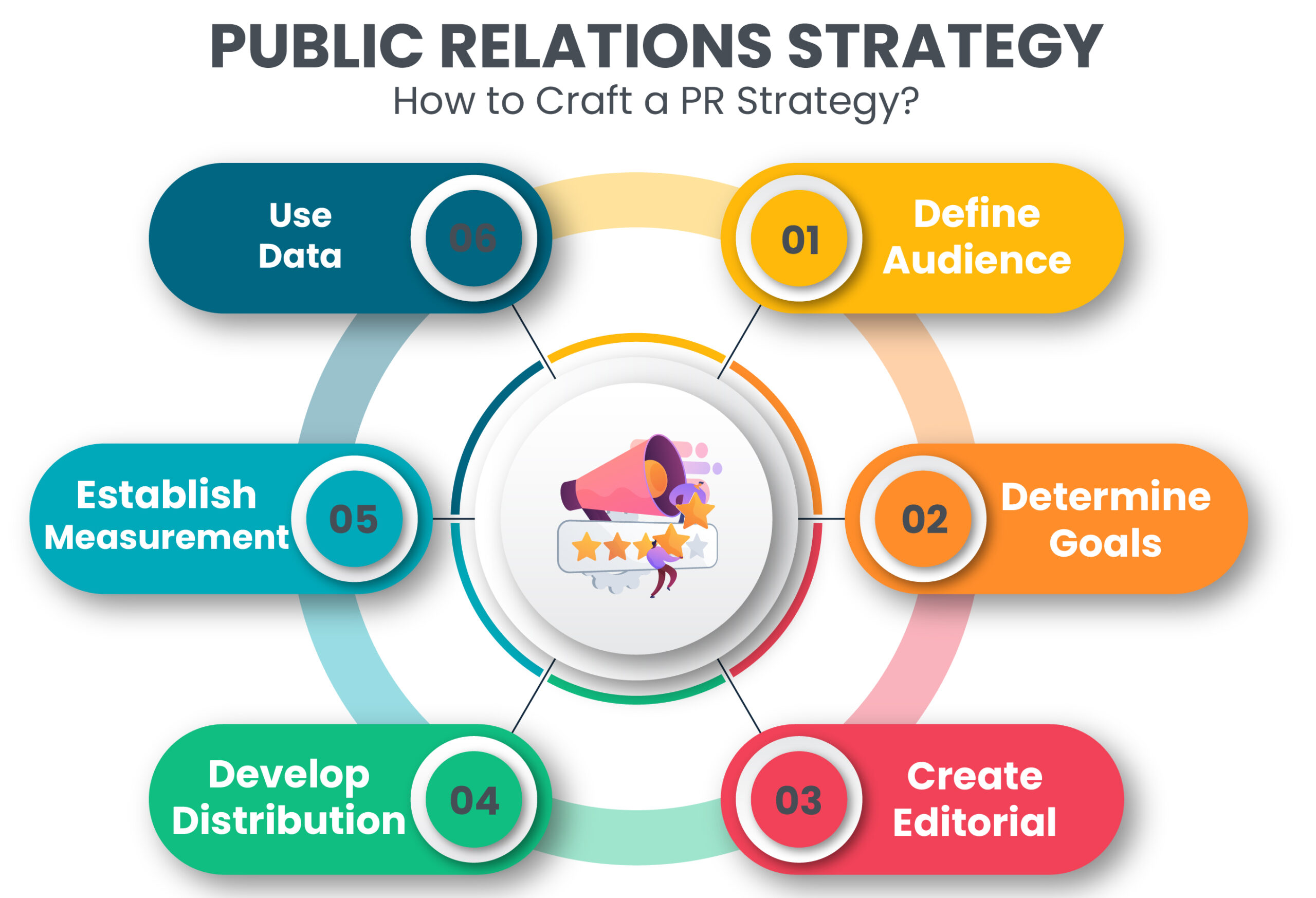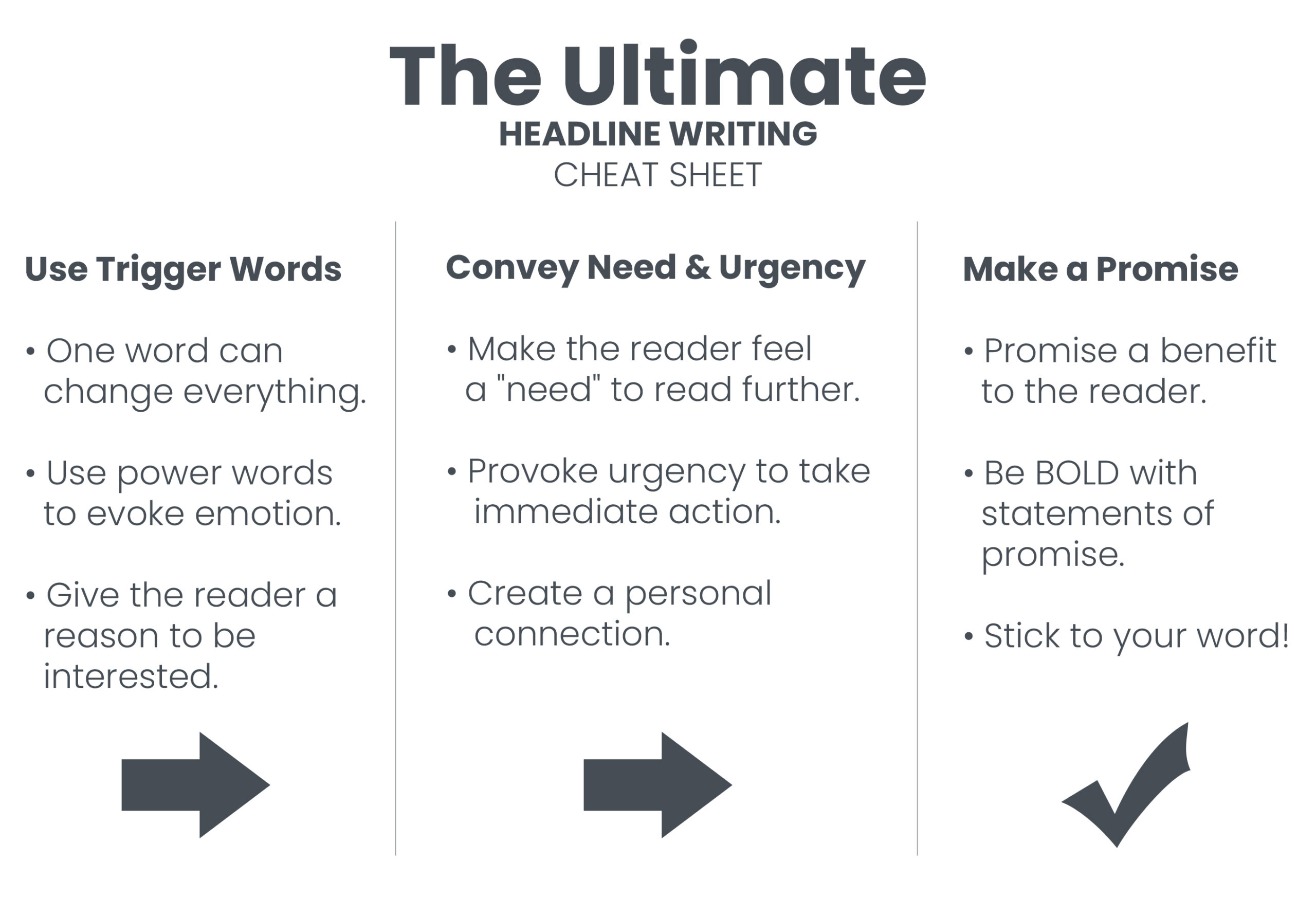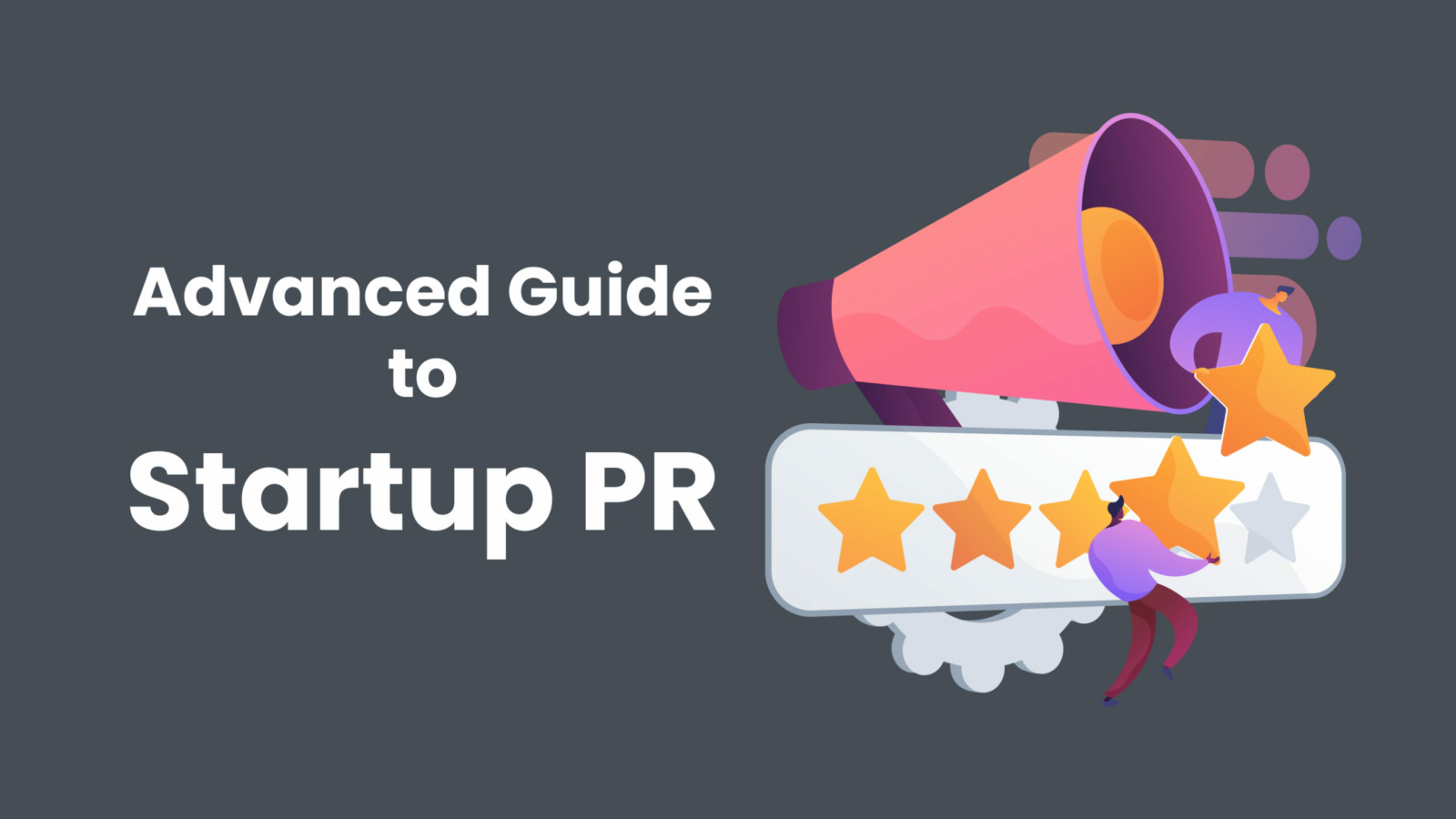We know that you have big dreams for your startup. You want to see your business grow and achieve success. And for that to happen, your startup needs effective upliftment. There are several actions you can take to give your startup a boost. One of the most essential steps is press coverage. We prepared an advanced guide to PR that will help you understand how to get the right press coverage. With the help of this PR guide, you will be able to stand out and get more customers in your business’s development.
You have to understand how the hottest startups right now are all over the media. How did it happen? Well, it is all thanks to the magic of PR. Of course, these brands offer great services—but that’s not the only thing that gets them the coverage. There can be startups with great services and potential that remain more or less unnoticed due to poor PR. So, with the right PR strategy, you can turn your startup into press-worthy news. That is going to be a huge step towards the success of your business.

An Advanced Guide To PR
You know that a good story has the power to move people and influence action. Yours needs to be compelling enough to create such a response.
Now, how do you create your story? Well, there are some key components that you need to keep in mind when making your startup story worthy of media attention.
1. Master the Art of PR Storytelling
Your story for the media needs to be created around three basic elements. They are:
- Your products and services
- The purpose of your startup
- Your vision
If you use this framework, you can go through an exercise of company and customer discovery. This could assist you to illuminate the high-level, “big picture” points regarding your startup business:
Your products and services
Describe well what your service or product is and/or its purpose is and where its niche offering currently fits into the existing industry landscape. Remember that to truly define your product, you have to know how it’s different. That is why you should work on your competitive analysis at an early stage.
The purpose of your startup
Figure out your business’s “reason for existing.” It basically means identifying the problem your product or service plans to solve. Plus, pinpoint who you are solving this problem for. You cannot forget about your target customer. So, make sure to have a clear understanding of who they are and what they care about.
Your vision
Make sure to go with an exciting but authentic tone that encapsulates the overall vision of your startup. It’s also critical to remember that the vision should portray realistic goals as well. You can present your story and company as relatable to the customers. For that, try using real characters and events when crafting your story. Remember that honesty can never go wrong and it will establish trust.

Once you figure out these factors, then you have passed a critical phase in your startup’s development by establishing how your product or service aligns with the actual needs of your audience.
2. Get Journalists’ Attention
Creating your story can help you clearly position your startup business. And you may see it as super exciting. Despite that, journalists might not find it interesting unless you offer them a reason to. So, how can you do that? Well, for that, you are going to have to think like a journalist. From their point of view, the story should be newsworthy.
Let’s go through a few key elements of newsworthiness to keep in mind here:
Newness
As you can guess, the news is “all about new” information. You can think about how your business can contribute to cutting-edge discussions in your field.
Relevance
Be up-to-date with the most recent articles by journalists in your field. You can do an in-depth analysis of the most trending posts. See how you can tie them to your story as well.
Uniqueness
Think about how your angle or approach is unique. What is your x-factor? What are you bringing to the entirely new table? If you’re saying the same thing as everyone else, you’re not making a very strong case for why you should be heard in the crowd.
Of course, it can be hard to acknowledge that your product might not be inherently interesting to everyone. However, it’s absolutely essential to develop a strong filter for what’s newsworthy to get coverage.
3. Figure Out the Correct Angle: Tailor Your Story to Each Journalist
Suppose you have created a genuine story that is newsworthy. If so, that’s awesome. It is already a huge step forward. The next task is to personalize that crafted story according to each journalist you want to reach out to.
Remember that it is going to be highly subjective. So, it’s so important to establish your target journalists well beforehand. Be sure to do enough research to understand how to find the correct angle. So, how to nail down your targets and tailor your story?
Choose the Right Journalists
Shortlist 3-5 journalists you want to reach out to. Narrowing them down according to relevant industry, topic, and publication. At first glance, you may feel like shortlisting can reduce many options. But that’s a good thing. With this method, you know exactly who you should reach out to.
Try out smaller publications that cover the relevant niche. It may not be deemed ideal. However, you’ll have a better chance to get traction if you concentrate on similar interests rather than trying to get the biggest media outlet. Your focus should be on where your main audience is—that’s how you get the best engagement.
Research your targets
By subscribing to your target journalists’ social feeds, you will begin to get a sense of their vision, sense of humor, and what they’re passionate about. That way, you get the chance to tailor your story according to their interests and present it to them in a way that feels more relatable.
Establish Your Newsworthy Hook
For your story to earn the attention of a journalist, you need to ensure that you can build a reason for them to care. Use as much research as you have at your disposal to come up with your hook.
You can come up with a way to relate your story to topics that the journalists of your choice are interested in. Do your homework on the topics they cover the most and their most popular posts.
It would be best to avoid cold calls. They can annoy journalists and hurt your chances. Instead, you will most likely go on their blacklist. Suppose you put in the work upfront to personalize your outreach. That’s a better move because then you’re more likely to get a positive response in return.

Focus on ‘Human Relations’ for Long-Term Success
Remember that journalists play a key role here. So, make sure you target the right journalists. However, what if you’re not developing any kind of bond with these journalists? In that case, you’re reaching out to them as a stranger. Then you become just one of many in the crowd who reach out to them. But let’s say you’ve built a good rapport with these journalists. Then it would be so much easier to send your story to them.
A good bond can make a huge difference to your PR efforts. But don’t misread the advice. We are not suggesting that you just go out and start pestering journalists with the hope that they’ll turn into “useful contacts.” What you can do is take a proactive approach to building connections.
It is important to make friends before you need them
Maybe you’re wondering how to reach out to journalists and industry experts. How do you do so politely without sounding forced or self-serving? You can look for natural opportunities to talk about topics that you are interested in, where you can add value. You can do so by:
- Joining relevant groups
- Participating in social media discussions
- Replying to publications and group forums
- Asking a mutual friend to introduce you
- Sharing interesting work on your networks
- Attending industry events
Make sure not to post anything related to promotional content at this stage when you’re engaged in such discussions. It is better to focus entirely on offering industry expertise and knowledge.
Connecting with a Journalist: Key Tactics to Follow
Suppose you’ve now started building connections and providing contributions to your field. Now is a good time to start reaching out to your target journalists. Some key tactics will significantly increase your chances of getting traction:
Get their permission
Make sure you seek permission before pitching. It’s better not to assume that a journalist will automatically want to listen to the story. Besides, you’re more likely to get a “yes” if you ask. Keep it short but personal. It would be best to use a customized and personalized approach. That way, you get to speak to their professional interests. It is more valuable.
Come up with a good headline
Suppose you can get the journalists to click on the headline. That in itself is a huge step. That means you have a better chance of getting a read on your first line of copy.
It is important to let the facts do the talking. You can use stats and case studies to show the impact of your business.

Be prepared
You don’t have to wait until you get a “yes” to compile the supporting factors that backup your story. Don’t wait until the last minute to gather all the pieces and end up wasting the journalist’s time. Prepare your media kit before sending your pitch.
So, what if you get a “no” as an answer? Well, it is important that you do not get discouraged. Instead, treat a ‘no’ like a future “yes.” When you get a no, take this chance to learn why. Ask for their feedback and any suggestions. It isn’t over for you yet. So for now, thank journalists for their time until next time.
Beyond the Scope of Media Relations: Ways to Advance Your Public Relations Strategy
Creating media relations and getting the right press coverage is very important for getting brand exposure since earned media from trusted journalists carries a lot of weight in the eyes of your potential buyers.
As you know, it’s not easy to not take an all-inclusive approach on PR to evolve your strategy. Consider the following facts for starting up::
Create Valuable and Consistent Content
Note that your brand story can be enhanced through each piece of content you create. A consistent story across many digital platforms improves your credibility. Many influential brands have become pros at publishing this way. You could create everything from social content to e-books, blogs, infographics, videos, and events. This way, you can bring the news to your target audience.
Share Your Expertise on Non-Branded Outlets
A great way of building credibility is to contribute content on industry topics to media outlets. You can do so with a guest post, an opinion piece on some other company’s blog, or a podcast. By sharing your expertise on non-branded outlets, you get the chance to get third-party endorsements, build connections within your industry, and connect with your audience in new ways.
Leverage Your Social Outlets
Social media can provide you with a huge chance to connect with niche communities in different ways. You can use these social outlets as a mutually reinforcing tool for your public relations efforts.

You can, of course, create discussions on mainstream social media outlets such as Facebook, Twitter, LinkedIn, etc. Other than that, consider capitalizing on social bookmarking sites like Inbound.org, StumbleUpon, Reddit, and Quibb. They provide a perfect way for startup businesses to stay plugged in, participate in discussions, and amplify the reach of PR placements. Keep in mind, it’s essential to engage daily as the majority of the content from major publications gets chosen organically. Keep your focus only on the most relevant outlets and dive into those communities.
Consistent Presence: How to Map Out Your PR Calendar
Your presence must be consistent. In other words, you have to be online as much as possible. So, how can you maintain a constant presence and remain top-of-mind for your customers? Well, it is not that much of a challenge with proper planning. That way, you can make sure that there’s a piece of news about your startup business at all times. Here are the steps to follow:
Step 1
Brainstorm ideas List down ideas for the most newsworthy elements of your startup’s product or service. Remember that your team’s input is important here. Each department will have important insight into how to solve the needs of customers. So, get feedback from every single member of your team.
Step 2
Focus on emerging themes. Narrow down the emerging themes from your brainstorming session and figure out how they will connect with your clientele.
Step 3
Map the themes onto the calendar: Map out your themes on a calendar with one campaign every 4-6 weeks.
Step 4
Come up with relevant campaigns: Think about how content and social outreach can aid your PR outreach effort during each campaign cycle. Figure out the kind of content that would be the best fit for each campaign. Then create the content according to that.
Step 5
Invest in relationships: Start by understanding your target journalists well before your pitch. With advanced planning, you will be able to constantly be one step ahead of your outreach.
Step 6
Your team must be fully aware of what’s going on. Your team members should know the campaign cycles and be ready to participate, share, and interact with customers during these fast-paced periods.
Step 7
Plan for downtime: Don’t neglect the in-between times to create and publish good content. You should aim for content that will have a big impact, keeping in mind that less is more. Try out collaborating with brands boasting bigger networks to make joint content. Also, remember to keep the content consistent with the overarching PR themes.
Step 8
Test and evaluate again. Analyze the value of every media placement. Check again if any issues should be fixed. Hold meetings from time to time to track your progress. You must learn from any mistakes and refocus on maximizing your PR efforts.
Wrapping up
There you have it! We have prepared for you a user-friendly, advanced guide to startup PR. As you know, your startup needs PR to reach the success level you want. It can boost your business and help establish your business in the market.
It’s really useful if you take a proactive approach. By following strategic planning and execution, you will be able to take your startup down a more successful and productive path. You will also benefit from reading our post on the difference between PR and marketing.

